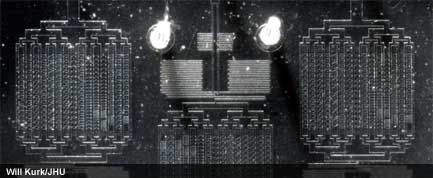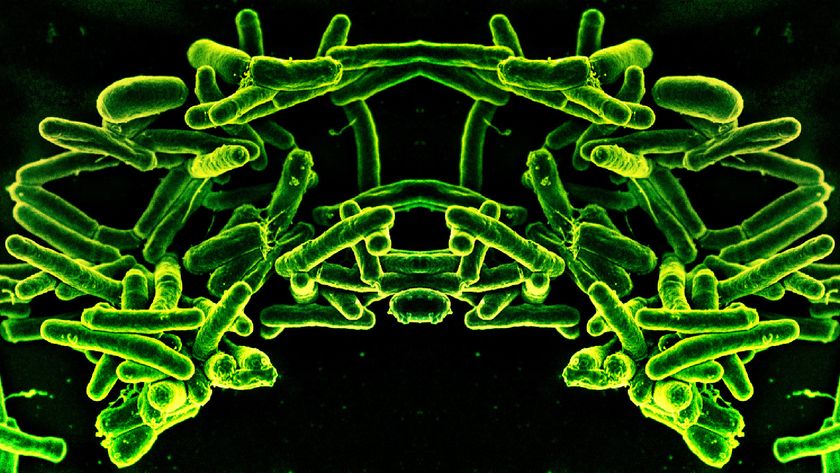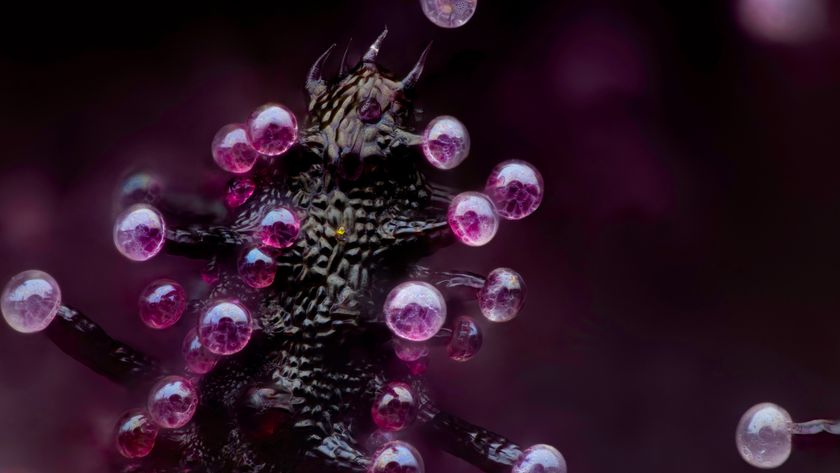Slime City Reveals How Bacteria Cooperate

A miniature city for microbes constructed in the lab could shed light on how the buggers naturally form drug-resistant communities.
The ability of microbes to resist drugs can lead to deadly strains, such as the superbug responsible for the staph infections that are spreading steadily around the globe.
"There is a perception that single-celled organisms are asocial, but that is misguided," said study team member Andre Levchenko, a biomedical engineer at Johns Hopkins University in Baltimore.
"Biofilms" are clusters of microorganisms held together by sticky substances they secrete, which allow them to attach to solid or liquid surfaces. The "slime cities" typically comprise myriad microbe species that coexist peacefully, and which swap genetic information to gain new abilities like increased resistance to antibiotics. For this reason, biofilms are implicated in many illnesses, including cystic fibrosis and urinary tract infections.
Biofilms are architecturally complex and can resemble layers, clumps, ridges, or even stalks and mushroom-like formations. "They are like cities with channels for nutrients to go in and waste to go out," Levchenko said.
To recreate the cramped conditions of a biofilm but still retain control, Levechnko and his colleagues built a new device that contained a series of tiny chambers of various shapes and sizes to keep E. coli bacteria uniformly suspended in a culture medium while still allowing them to flow freely between chambers.
The "microfluidic" device, designed and fabricated in collaboration with Alex Groisman at the University of California, San Diego, allowed the team to record the behavior of single layers of bacterial cells using real-time microscopy.
Sign up for the Live Science daily newsletter now
Get the world’s most fascinating discoveries delivered straight to your inbox.
Videos taken of the bustling bacterial colony revealed that the longer the packed cell population resided in the chambers, the more ordered the biofilm structure became. Also, rod-shaped E. coli that were physically too short or too long to fit easily into the crowded chambers typically either did not form well-organized clusters or got forced out of the community all together.
Based on the observed behaviors, the researchers created a computer model that could predict the behavior of other bacterial species under similar pressures.
"We were surprised to find that cells growing in chambers of all sorts of shapes gradually organized themselves into highly regular structures," Levchenko said. "The computational model helped explain why this was happening and how it might be used by the cells to increase chances of survival."
- Top 10 Mysterious Diseases
- War on Bacteria is Wrongheaded
- Life's Little Mysteries - What Do Antibiotics Do?













